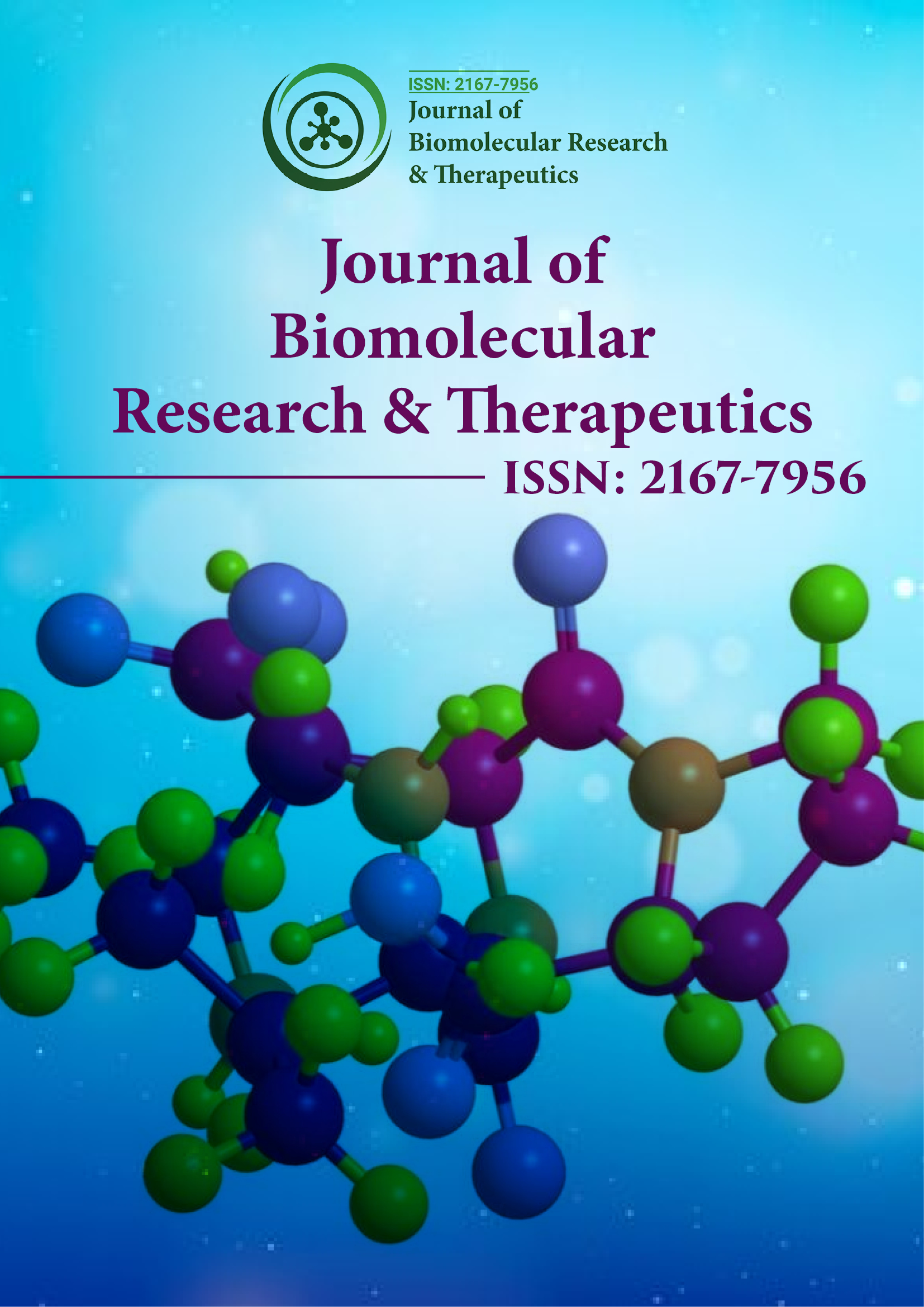Indexado em
- Abra o Portão J
- Genamics JournalSeek
- Bíblia de pesquisa
- Biblioteca de periódicos eletrônicos
- RefSeek
- Universidade de Hamdard
- EBSCO AZ
- OCLC- WorldCat
- Catálogo online SWB
- Biblioteca Virtual de Biologia (vifabio)
- publons
- Euro Pub
- Google Scholar
Links Úteis
Compartilhe esta página
Folheto de jornal

Periódicos de Acesso Aberto
- Agro e Aquicultura
- Alimentos e Nutrição
- Bioinformática e Biologia de Sistemas
- Bioquímica
- Ciência de materiais
- Ciencias ambientais
- Ciências Clínicas
- Ciências Farmacêuticas
- Ciências gerais
- Ciências Médicas
- Cuidados de enfermagem e saúde
- Engenharia
- Genética e Biologia Molecular
- Gestão de negócios
- Imunologia e Microbiologia
- Neurociência e Psicologia
- Química
Abstrato
A largura do proteoma do plasma humano em comparação com uma linha celular de cancro e bactérias
Andrey V Lisitsa, Ekaterina V Poverennaya, Elena A Ponomarenko e Alexander I Archakov
A sequenciação completa do genoma revelou o número de genes que codificam proteínas num determinado organismo, o que pode ser considerado uma primeira aproximação da complexidade molecular. Devido a modificações pós-transcricionais e pós-traducionais, como o splicing do RNA, polimorfismos, modificações covalentes e degradação, o número total de diferentes espécies proteicas (o proteoma) pode ser muito maior do que o número de genes que codificam proteínas. A eletroforese em gel 2-D pode ser utilizada para estimar a largura do proteoma humano. O número de manchas obtidas com diferentes manchas (corantes) sob diferentes condições de carga proteica pode dar uma ideia aproximada do número de proteínas diferentes na amostra. Os dados sobre plasma humano e linhas celulares e sobre células bacterianas foram investigados para determinar a dependência do número de manchas na sensibilidade do corante. Assumindo que cada mancha representa uma espécie de proteína diferente, a dependência das manchas com a sensibilidade foi aplicada como uma estimativa da largura do proteoma. Em teoria, existem 1,75 milhões de proteoformas em 1 L de plasma sanguíneo, 18 mil espécies por célula HepG2 individual e 6.700 espécies por bactéria.